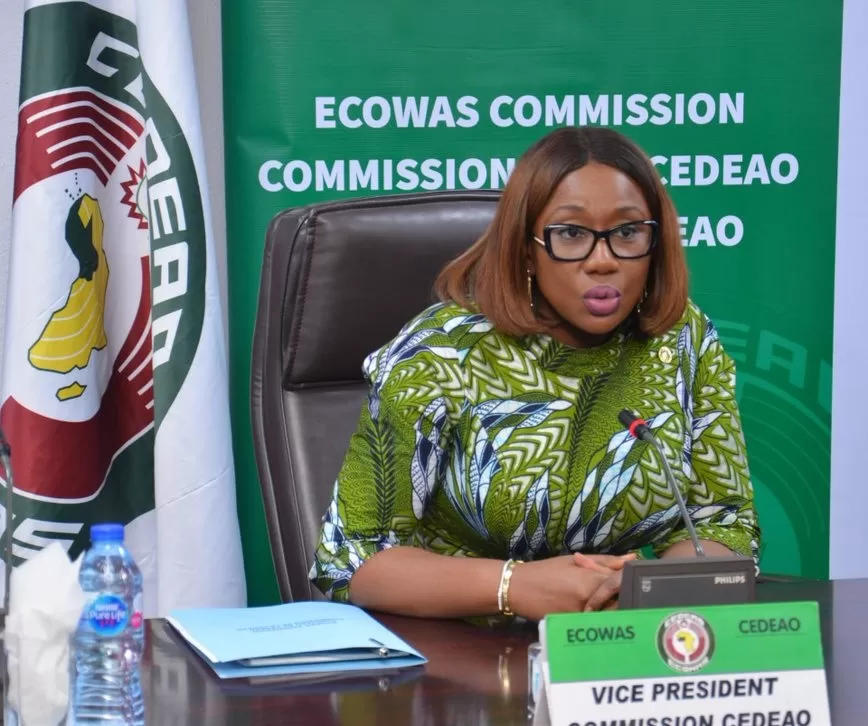The West African Subregional Bloc, the Economic Community of West African States (ECOWAS) is implementing strategies to unlock the full potential of its citizens through human capital development, a senior official said Wednesday.
Damtien Tchintchibidja, ECOWAS Commission Vice President, said this during the 2024 ECOWAS Human Capital Development Technical Conference in the Ghanaian capital of Accra.
Tchintchibidja said that since West Africa’s population is young-people-dominated, the region needs to advance the potential of the youth to ensure a sustainable path toward economic and social advancement.
But due to limited opportunities, the full potential of the young population is not being fully harnessed. Challenges such as high unemployment, widespread illiteracy, and restricted access to basic social services prevail, with women bearing the brunt of these issues disproportionately, added the vice president.
ECOWAS has, therefore, introduced and actively supported the development of national Human Capacity Development (HCD) strategies within Member States, making significant strides during the first phase, Tchintchibidja stated.
She said the ECOWAS HCD project is in the second phase with an intensified commitment to unlock and nurture the full potential of the citizens.
“If we are successful, HCD will power regional growth, enhance security and stability, accelerate the delivery of national development goals, and drive socioeconomic inclusion,” the vice president stated.
Tchintchibidja added that “it is time for action. Collectively, we have the ability to transform our region into a community full of hope for our citizens by 2030.”
The World Bank Group strongly supports the ECOWAS Human Capital Development Strategy and all your efforts to advance its implementation in member states, said Robert Taliercio, World Bank country director for Ghana, Liberia, and Sierra Leone, in his remarks.
“The World Bank is pursuing some specific human capital priorities in West Africa in the areas of investments in health, education, social protection systems and capacities, health security, adolescent girls’ education, and empowerment,” Taliercio stated.
He added, “In these, like in other areas, we are working with governments in West Africa to achieve greater impact at scale.” The West African subregion has a population of more than 300 million, with the youth constituting a significant portion of that population.

